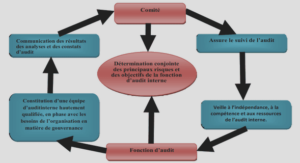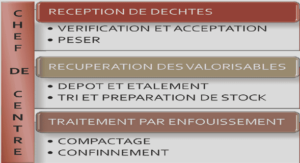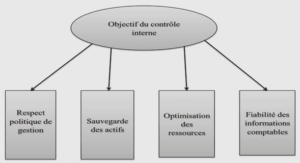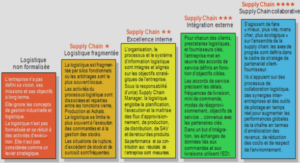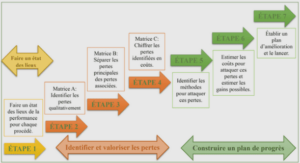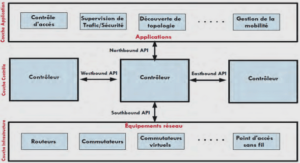Pertinence de l’évaluation de la disponibilité des contaminants vis à vis des fonctions des sols en contexte de changement climatique
Equation’s review
In order to provide estimates of Cu forms relevant for risks assessment at the European scale, we collected empirical equations from the literature estimating Cu in solution or free Cu using a two steps approach. We first ran (at the date December 2020) bibliographic research on WOS looking for Cu AND (availab*) AND soil AND TOPIC function. We then completed this research using the references of the collected articles.
This allowed gathering the relationships to estimate Cu in solution and free Cu on the basis of soil pedogeochemical characteristics. We only selected relationships using pedogeochemical characteristics commonly measured such as soil organic matter (OM) or soil organic C, dissolved organic carbon (DOC), cationic exchange capacity (CEC), clay percentage and pH. Statistical empirical equations mostly provided estimation of Cu contents in solution and free Cu concentrations based on total Cu contents and others soils parameters.
Some empirical equations estimated so-called “dissolved” trace metal i.e. trace metal in solution after filtration at 0.45 µm. But contrarily to other heavy metals, few Cu is associated to large colloids removed with filtration (Jensen et al., 1999). Since our study focused on the application of transfer functions to estimate (bio-)available risks we focused on the application of equations for Cu in solution and for free Cu including both the calculation of Cu in solution or dissolved Cu that we considered equally. To provide a generic guide to selecting empirical equations while reviewing, we listed the transfer functions together with:
1) measurement protocols to acquire Cu data, 2) the number of data used to establish the statistical relationship, 3) their associated R2, 4) the range of soil properties used to define the relationships, 5) the number of times they have been cited, and 6) the number of citations per year. Indeed, among papers, the protocols to acquire Cu data were not uniforms. Measurements of total soil Cu contents were made using different methods, i) after a total HF soil mineralization thus including Cu pedological background, or ii) after a “pseudo-total” soil digestion thanks to aqua regia or iii) after a 0.43 M HNO3 extraction.
It is recognized that the two last extractions approximate total Cu soil content (ISO, 2006; Sastre et al., 2002; USEPA, 2007). The dilute acid extraction has also been established as an ISO 17586:2016 norm to analyze potential environmental available trace elements. Similarly to determine Cu in solution, we found in the collected papers several methods to extract soil solution while various types of extraction are known to give different kinds of soil solution (Weihermüller et al., 2007).
Finally, because the experimental free Cu measurement requires specific equipment’s (a selective Cu electrode or a devise with Donnan membrane (Minnich and McBride, 1987; Pampura et al., 2006)) several studies used theoretical results from speciation modelling software rather than direct experimental measurements.
Estimation of (bio)-available
Cu maps In this study we used the European soil Cu survey from the LUCAS database provided by the JRC from which total Cu is based on the aqua regia protocol (Ballabio et al., 2018; Tóth et al., 2016). Hence, we selected from our provided generic guide the transfer functions issued from studies using aqua regia protocols to measure total Cu.
With these collected empirical equations, the estimations of Cu contents in solution and of free Cu contents in solution allowed building respectively maps of so-called available and bioavailable Cu based on pedological mapping provided by the JRC at a 0.5 km scale. The total Cu map was downloaded from https://esdac.jrc.ec.europa.eu/content/copper-distribution-topsoils (Ballabio et al., 2018), pH was downloaded from https://esdac.jrc.ec.europa.eu/content/chemical-properties-european-scalebased-lucas-topsoil-data (Ballabio et al., 2019), clay values were obtained from https://esdac.jrc.ec.europa.eu/content/topsoil-physical-properties-europe-based-lucas-topsoil-data (Ballabio et al., 2016),
and total organic carbon (Corga) data were obtained from https://esdac.jrc.ec.europa.eu/content/topsoil-soil-organic-carbon-lucas-eu25 (de Brogniez et al., 2015). Soil OM values were converted to soil Corga content using Corga=OM/2 (Pribyl, 2010). For computational time purpose, we used the climate data operator software cdo (Schulzweida, 2017) to remap at 0.01° the data originally at the 0.5km scale. Maps of available and bio-available Cu were computed at the 0.01° with previously chosen equations and R v3.5.

